When it comes to upgrading your home with new flooring, tiles are a popular choice that can enhance the aesthetics and functionality of any space. Ceramic and porcelain tiles are two of the most commonly used options, each with its own unique characteristics and advantages. Understanding the differences between ceramic tile and porcelain tile can help you make an informed decision on which option is best suited for your needs. Ceramic tile and porcelain tile are both made from clay and other natural materials, but there are some key distinctions between the two. The primary difference lies in the composition of the clay used to make each type of tile.
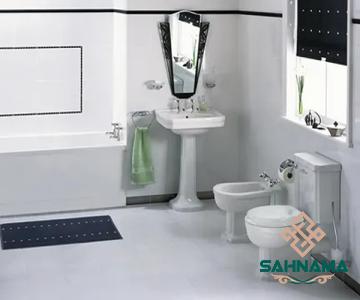
.
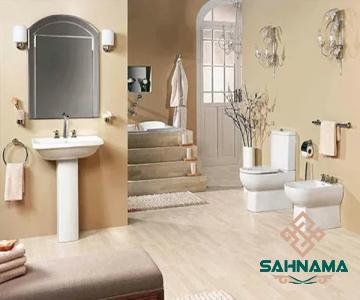 Ceramic tiles are made from a mixture of red or white clay, sand, and other natural materials. These tiles are kiln-fired at lower temperatures, which results in a softer and more porous finished product. On the other hand, porcelain tiles are made from a more refined clay that is denser and less porous than the clay used in ceramic tiles. This denser composition makes porcelain tiles more durable and resistant to water absorption, making them an ideal choice for high-moisture areas such as bathrooms, kitchens, and outdoor spaces. Durability is a key factor to consider when choosing between ceramic and porcelain tiles. While ceramic tiles are suitable for most indoor applications, they are not as durable or water-resistant as porcelain tiles. Porcelain tiles are known for their exceptional durability and resistance to scratches, stains, and moisture, making them a great choice for areas that are subject to high levels of foot traffic or exposure to water. In terms of maintenance, porcelain tiles are easier to clean and require less upkeep compared to ceramic tiles. The dense composition of porcelain tiles helps to prevent the absorption of liquids and stains, making them a low-maintenance option for busy households. Ceramic tiles, on the other hand, may require regular sealing to maintain their appearance and protect them from damage. When it comes to design options, both ceramic and porcelain tiles offer a wide range of colors, patterns, and finishes to suit any style preference.
Ceramic tiles are made from a mixture of red or white clay, sand, and other natural materials. These tiles are kiln-fired at lower temperatures, which results in a softer and more porous finished product. On the other hand, porcelain tiles are made from a more refined clay that is denser and less porous than the clay used in ceramic tiles. This denser composition makes porcelain tiles more durable and resistant to water absorption, making them an ideal choice for high-moisture areas such as bathrooms, kitchens, and outdoor spaces. Durability is a key factor to consider when choosing between ceramic and porcelain tiles. While ceramic tiles are suitable for most indoor applications, they are not as durable or water-resistant as porcelain tiles. Porcelain tiles are known for their exceptional durability and resistance to scratches, stains, and moisture, making them a great choice for areas that are subject to high levels of foot traffic or exposure to water. In terms of maintenance, porcelain tiles are easier to clean and require less upkeep compared to ceramic tiles. The dense composition of porcelain tiles helps to prevent the absorption of liquids and stains, making them a low-maintenance option for busy households. Ceramic tiles, on the other hand, may require regular sealing to maintain their appearance and protect them from damage. When it comes to design options, both ceramic and porcelain tiles offer a wide range of colors, patterns, and finishes to suit any style preference.
..
 Ceramic tiles are available in a variety of sizes and shapes, making them versatile for use in different areas of the home. Porcelain tiles also come in an array of designs, including wood-look, marble-look, and textured finishes, allowing you to achieve a high-end look without the cost and maintenance of natural materials. Cost is another important consideration when deciding between ceramic and porcelain tiles. In general, porcelain tiles tend to be more expensive than ceramic tiles due to their superior durability and water-resistant properties. However, the initial investment in porcelain tiles can pay off in the long run through reduced maintenance and replacement costs. Installation of both ceramic and porcelain tiles requires proper preparation and professional installation to ensure a lasting and visually appealing result. It is recommended to consult with a professional tile installer to discuss your specific needs and budget constraints before embarking on a tile installation project. In conclusion, both ceramic and porcelain tiles have their own set of benefits and considerations to take into account when choosing the right option for your home. Ceramic tiles are a popular choice for their versatility and affordability, while porcelain tiles are favored for their durability and low-maintenance properties. Ultimately, the decision between ceramic tile and porcelain tile will depend on your specific requirements, budget, and aesthetic preferences. Whichever option you choose, investing in quality tiles can elevate the look and functionality of your living space for years to come. When choosing between ceramic tile and porcelain tile, it’s important to consider the specific areas in your home where the tiles will be installed. For high-traffic areas such as entryways, hallways, and kitchens, porcelain tiles are an excellent choice due to their superior durability and resistance to wear and tear. These areas are prone to spills, stains, and heavy foot traffic, making porcelain tiles a practical and long-lasting solution. In contrast, ceramic tiles are well-suited for spaces that see less traffic and moisture, such as bedrooms, living rooms, and dining areas. Ceramic tiles offer a wide range of design options and can add an elegant touch to your decor without breaking the bank. They are also a popular choice for decorative wall tiles, backsplashes, and accent pieces to enhance the visual appeal of a room.
Ceramic tiles are available in a variety of sizes and shapes, making them versatile for use in different areas of the home. Porcelain tiles also come in an array of designs, including wood-look, marble-look, and textured finishes, allowing you to achieve a high-end look without the cost and maintenance of natural materials. Cost is another important consideration when deciding between ceramic and porcelain tiles. In general, porcelain tiles tend to be more expensive than ceramic tiles due to their superior durability and water-resistant properties. However, the initial investment in porcelain tiles can pay off in the long run through reduced maintenance and replacement costs. Installation of both ceramic and porcelain tiles requires proper preparation and professional installation to ensure a lasting and visually appealing result. It is recommended to consult with a professional tile installer to discuss your specific needs and budget constraints before embarking on a tile installation project. In conclusion, both ceramic and porcelain tiles have their own set of benefits and considerations to take into account when choosing the right option for your home. Ceramic tiles are a popular choice for their versatility and affordability, while porcelain tiles are favored for their durability and low-maintenance properties. Ultimately, the decision between ceramic tile and porcelain tile will depend on your specific requirements, budget, and aesthetic preferences. Whichever option you choose, investing in quality tiles can elevate the look and functionality of your living space for years to come. When choosing between ceramic tile and porcelain tile, it’s important to consider the specific areas in your home where the tiles will be installed. For high-traffic areas such as entryways, hallways, and kitchens, porcelain tiles are an excellent choice due to their superior durability and resistance to wear and tear. These areas are prone to spills, stains, and heavy foot traffic, making porcelain tiles a practical and long-lasting solution. In contrast, ceramic tiles are well-suited for spaces that see less traffic and moisture, such as bedrooms, living rooms, and dining areas. Ceramic tiles offer a wide range of design options and can add an elegant touch to your decor without breaking the bank. They are also a popular choice for decorative wall tiles, backsplashes, and accent pieces to enhance the visual appeal of a room.
…
 Another important factor to consider when selecting between ceramic and porcelain tiles is the climate and environment of your home. Porcelain tiles are highly resistant to temperature fluctuations, making them suitable for both indoor and outdoor applications. If you live in a region with extreme hot or cold temperatures, porcelain tiles can withstand these conditions without cracking or warping. On the other hand, ceramic tiles may be more susceptible to damage in harsh weather conditions, so they are best suited for indoor use or areas with controlled climates. It’s essential to consider the humidity levels in your home, as porcelain tiles are a better choice for moisture-prone environments such as bathrooms, basements, and laundry rooms. When it comes to overall investment, the choice between ceramic and porcelain tiles is not just about the upfront cost but also the long-term value. While porcelain tiles may have a higher initial price tag, their durability and low-maintenance qualities can save you money in the long run by reducing the need for replacements and repairs. Additionally, the resale value of a home with porcelain tiles is typically higher than one with ceramic tiles, as buyers often appreciate the premium quality and aesthetic appeal of porcelain flooring. If you’re looking to enhance the value and appeal of your home for potential resale, investing in porcelain tiles can be a wise decision. In conclusion, the choice between ceramic tile and porcelain tile ultimately boils down to your specific needs, preferences, and budget constraints. Both types of tiles have their own advantages and considerations, and the decision should be based on factors such as durability, maintenance, design options, and cost-effectiveness. Whether you opt for the affordability and versatility of ceramic tiles or the durability and elegance of porcelain tiles, investing in quality tiles can transform your living space and add value to your home. Whichever option you choose, proper installation and maintenance are key to ensuring the longevity and beauty of your tile flooring for years to come.
Another important factor to consider when selecting between ceramic and porcelain tiles is the climate and environment of your home. Porcelain tiles are highly resistant to temperature fluctuations, making them suitable for both indoor and outdoor applications. If you live in a region with extreme hot or cold temperatures, porcelain tiles can withstand these conditions without cracking or warping. On the other hand, ceramic tiles may be more susceptible to damage in harsh weather conditions, so they are best suited for indoor use or areas with controlled climates. It’s essential to consider the humidity levels in your home, as porcelain tiles are a better choice for moisture-prone environments such as bathrooms, basements, and laundry rooms. When it comes to overall investment, the choice between ceramic and porcelain tiles is not just about the upfront cost but also the long-term value. While porcelain tiles may have a higher initial price tag, their durability and low-maintenance qualities can save you money in the long run by reducing the need for replacements and repairs. Additionally, the resale value of a home with porcelain tiles is typically higher than one with ceramic tiles, as buyers often appreciate the premium quality and aesthetic appeal of porcelain flooring. If you’re looking to enhance the value and appeal of your home for potential resale, investing in porcelain tiles can be a wise decision. In conclusion, the choice between ceramic tile and porcelain tile ultimately boils down to your specific needs, preferences, and budget constraints. Both types of tiles have their own advantages and considerations, and the decision should be based on factors such as durability, maintenance, design options, and cost-effectiveness. Whether you opt for the affordability and versatility of ceramic tiles or the durability and elegance of porcelain tiles, investing in quality tiles can transform your living space and add value to your home. Whichever option you choose, proper installation and maintenance are key to ensuring the longevity and beauty of your tile flooring for years to come.

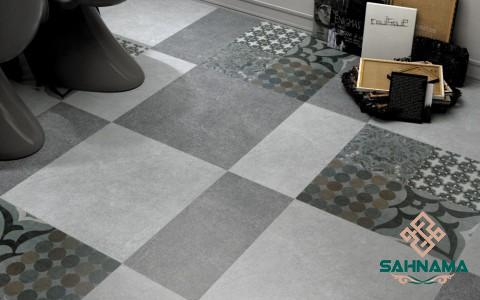
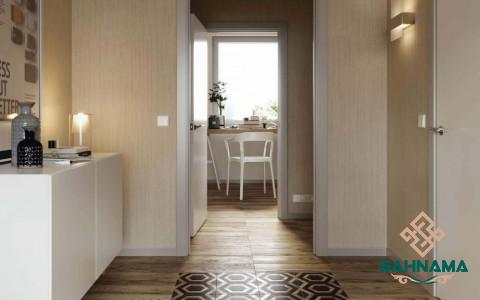

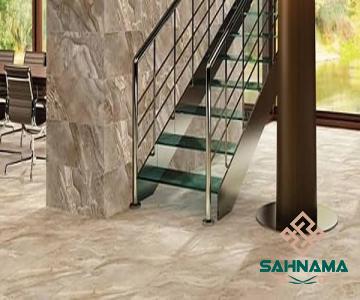
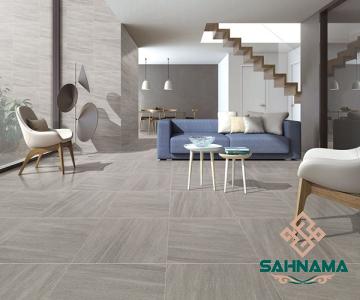
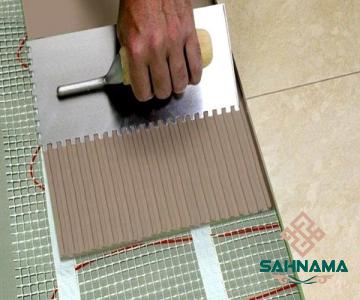

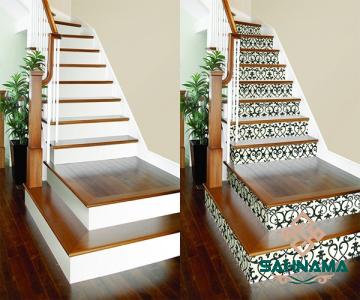


Your comment submitted.